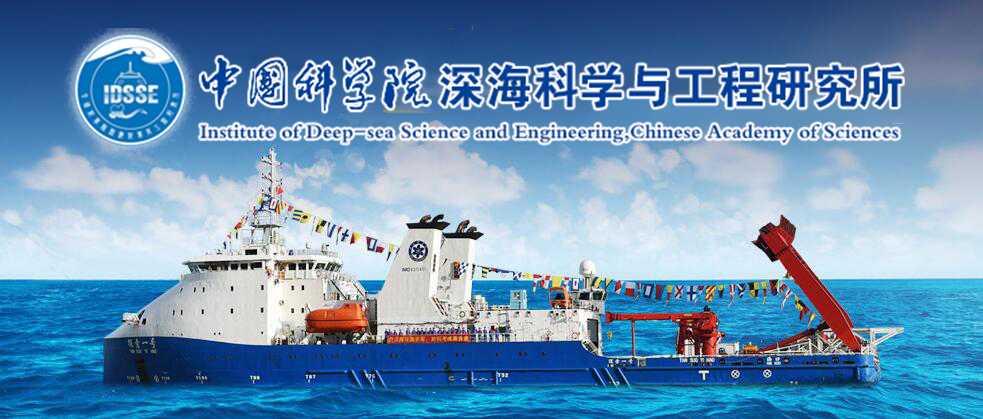Background. Hyaluronan synthases (HASs) are ubiquitous in living organisms, andthe hyaluronic acid (HA) synthesized by them are important to their body and wellused in medicine, cosmetics and other fields. HAS from deep-sea creatures has not yetbeen explored before. The study aims to analyse the characteristics and enzyme kineticsof a novel hyaluronan synthase derived from the symbiont ‘‘Candidatus Mycoplasmaliparidae’’ found in deep-sea snailfish (snHAS).
Methodology. snHAS was over-expressed using His6as tag in the study. The sequencealignment was conducted by ClusterWand then the phylogenetic analyse of HASs was performed by Mega 6.0 to investigate the position of snHAS during evolution.Km and Vmax were detected to study the enzyme kinetics of snHAS wildtype and itsmutant. The molecular weight of HA was evaluated by high performance gel permeation chromatography (HPGPC). The cardiolipin was added to investigate whether it had apromoting effect on the snHAS.
Results. The length of snHAS was 933 bp with an open reading frame (ORF)of 310 amino acids. Unlike other repoted HASs, snHAS had no transmembrane region and was not classified into the currently known Class I or Class II. snHAScould synthesize hyaluronan with lower molecular weights using the sub-strates of uridine-diphosphate—N-acetylglucosamine (UDP-GlcNAc) and uridine-diphosphate—glucuronic acid (UDP-GlcA)in vitro. The Km values of snHAS were 258±45μM and 39±5μM for UDP-GlcNAc and UDP-GlcA, respectively, muchlower than those from mice (Km for UDP-GlcA: 55±5μM; Km for UDP-GlcNAc:870±60μM). The kcat/Km values of snHAS were 163.5 s−1mM−1and 8.08 s−1mM−1for UDP-GlcA and UDP-GlcNAc, respectively. Furthermore, the activity of snHAS wasindependent of cardiolipin.
Conclusions. snHAS was a novel HAS based on the characteristics of the animo acidsequence, which could produce low molecular weight of HA with high efficiency. This provides a molecular basis for the biosynthesis of low molecular weight of HA.


 琼公网安备 46020102000014号
琼公网安备 46020102000014号
